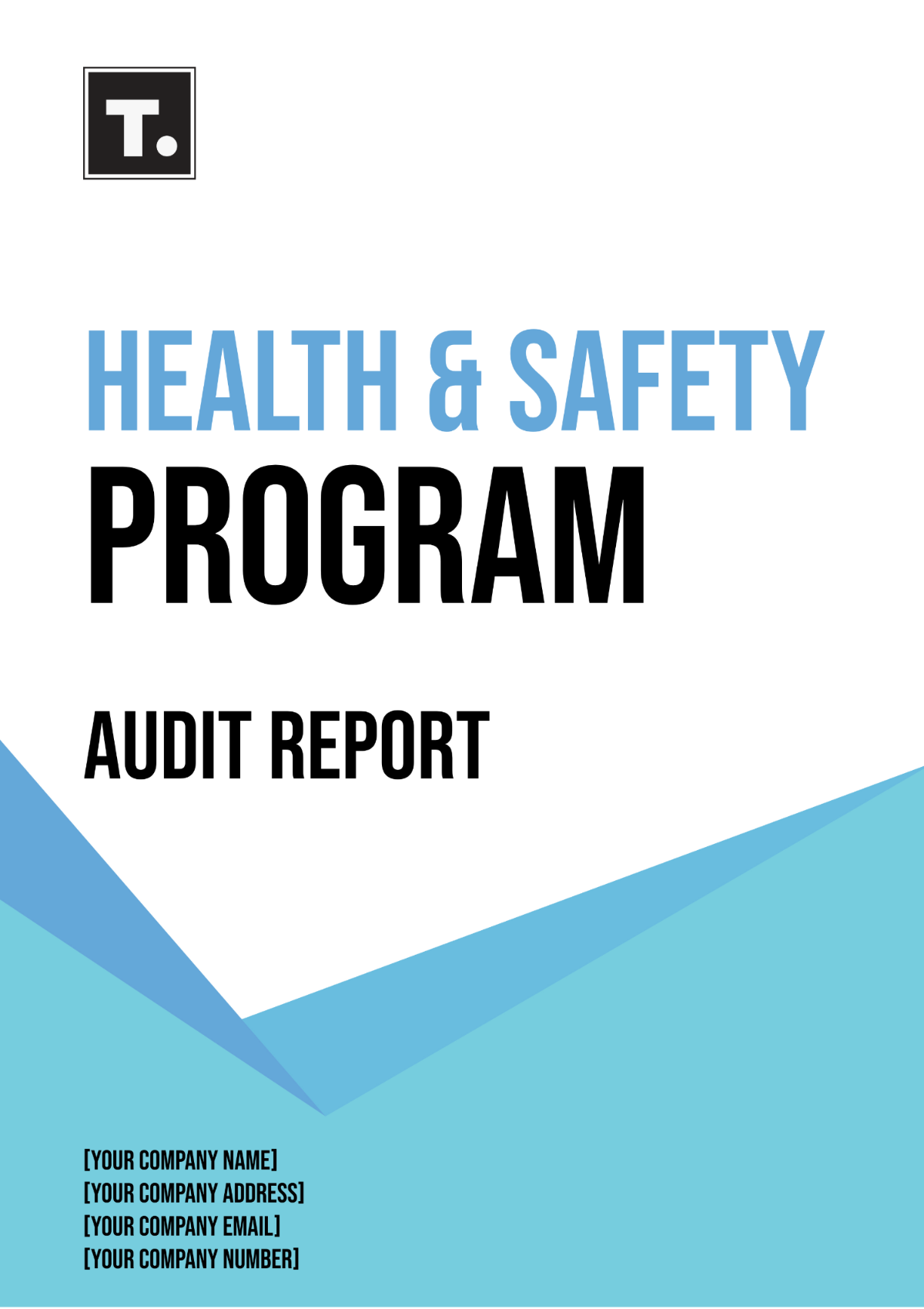Health & Safety Program Audit Report
Date: January 1, 2051
Prepared By: [YOUR NAME]
Company: [YOUR COMPANY NAME]
Report Number: HR-2051-01
I. Executive Summary
The Health & Safety Program Audit for [YOUR COMPANY NAME] was conducted to evaluate compliance with current regulations and the effectiveness of implementation. The audit highlighted several strong points as well as areas for improvement.
II. Audit Scope and Objectives
A. Scope
The audit encompassed every operational facility associated with [YOUR COMPANY NAME], spanning a diverse range of locations such as corporate offices, various production units where manufacturing and assembly occur, as well as the extensive warehouse areas used for storage and distribution.
B. Objectives
Assess compliance with health and safety regulations.
Evaluate the effectiveness of safety training programs.
Identify potential hazards and recommend corrective actions.
III. Methodology
The audit was conducted using a combination of onsite inspections, employee interviews, and document reviews. The following tools and frameworks were utilized:
IV. Findings
A. Strengths
Comprehensive safety training programs are in place.
Regular safety drills are conducted and documented.
High compliance with PPE usage across all departments.
B. Areas for Improvement
Additional signage is needed in high-risk areas.
Periodic review of safety procedures should be enhanced.
Improvement in the maintenance schedule for emergency equipment.
V. Audit Recommendations
Introduce quarterly safety refresher courses to keep employees updated.
Increase the frequency of internal safety audits.
Implement an anonymous reporting system for safety concerns.
VI. Conclusion
The Health & Safety Program Audit for [YOUR COMPANY NAME] has demonstrated a robust foundation in safety procedures with room for improvement. It is recommended that management takes immediate action on the identified areas for improvement to ensure continuous safety and compliance.
VII. Appendices
Appendix A: Health & Safety Compliance
Item | Status | Comments |
|---|
Safety Training Records | Compliant | Updated as of December 2050 |
Emergency Equipment Maintenance | Non-compliant | Last maintenance in March 2050 |
For more details, contact [YOUR NAME] at [YOUR EMAIL] or visit our website at [YOUR COMPANY WEBSITE].
Report Templates @ Template.net






























